6 Solutions to Common Questions about Choosing Wall Paint
Wall Paint is a great way to change the whole ambiance of your room. It’s perfect because it’s easy to do on your own and affordable.
However, you might come across some problems. Don’t worry about it; painting is still the easiest way to refresh your home.
Here are some questions you might have when you begin your painting journey. These are the problems that I’m asked about a lot, and I faced some of them.
There are challenges when it comes to design because of the variety of options. Before you start, you BETTER know these so you’ll be prepared and prevent any unwanted surprises.
These are the questions and issues that even the most experienced designers face. I’ve organized and answered them for you in this article. I hope you enjoy and can easily find the answers to your questions.
[lwptoc]
How Many Paint Colors Should I Use in My Home?
There is no hard and fast rule for this. I personally try to limit it to 3-4 different paint colors for an average-sized home. These limits would include neutrals and other bright hues.
If you have a small home (1+1 or a studio), limit the number of paint colors between 2-3; otherwise, your home may look crowded. I recommend using one primary color in the main living area to appear larger if you have an open plan.
Using one primary color is a decoration trick created by using colors. We are creating the feeling of a smaller or larger look by tricking the eye.
On the other hand, if you have a large home, you could use more paint colors to give a more intimate feel, but it is still essential that colors work well. Even if the paint colors are used in different rooms, the overall look will be cheesy and odd.
We still remember those colors as we move from room to room.
Think of your home as one extensive palette. Ideally, you create the whole house palette at one time, but if you are like many people, you will be painting one or two rooms at a time.
Just think about what other colors you already have in your home when choosing your new paint colors.
One crucial point is to ensure that you include at least one neutral in the color palette. It helps to rest your eye visually. The best way to use neutrals is in central areas such as family rooms, kitchens, and hallways.
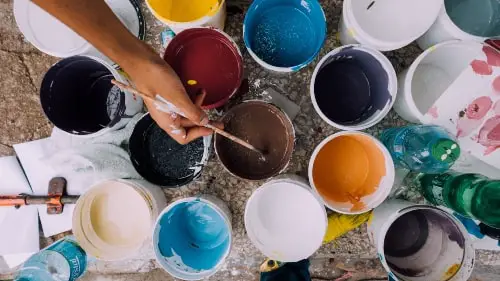
How Should I Choose the Paint Colors for My Whole House Color Scheme?
I am going to clarify this in two different ways. The first way is to approach this from a whole-house palette perspective.
Let’s say you are looking for a new, fresh look for your home interior, or maybe you bought a home with lots of different colors going on, and you want to change it.
Choosing a color scheme for your whole house will depend on whether you are keeping most of the furniture.
Let’s say that you plan to redecorate at some point in most of the rooms.
The first thing you have to do is look at the fixed surfaces (your cabinets, floor, etc.) in your home and determine if they have warm or cool undertones.
Choosing a neutral first is a great way to start your color palette. Find the neutral, which can work well with fixed surfaces in your home (matching the undertones will work).
After choosing a neutral as the primary color, then you have a couple of choices from here.
You can choose neighbors of this color in a paint chip book and then use all of them as your home palette or chose 1-2 of these neutrals and then added 1-2 accent colors in your favorite hues.
From a different angle, let’s say you wanted to keep most of the furnishings in your home and create a whole color scheme.
Very similarly, I would find one or two neutrals that work will well with fixed finishes. However, choose an accent paint color that most often appears in your furnishing (but more muted versions of that hue).
The second way to pick paint colors if you just want to redecorate a few rooms is to start by taking into account what furnishing you have in your space.
Remember, always choose your paint color last. When you are redecorating, it is much more cost-effective to purchase all of your furnishings for a room first and then pick your paint color.
You don’t need to match the paint color exactly with your furnishings. It should be a similar color to one of your colors in your color scheme (also the same temperature in undertones).
I recommend you choose a lighter or muted version of colors. If you want to use the same color as your furnishing, you might struggle because it is almost impossible to find the same tone. Textures always change the hue.
Footnote about paint sheen: eggshell and satin are the most commonly used sheens for all areas in your home.
How Do I Find the Perfect White for My Color Scheme?
It may seem odd, but after you walk into a paint store, you will understand. You may ultimately be lost and overwhelmed at how many different white paint color choices there are today. Most whites have a cool or warm undertone to them.
How do you determine if white has a warm or cool undertone?
All you need to do is hold the paint against a blank white piece of paper, and the undertone becomes pretty apparent. It would help if you kept the swatch alone with a piece of paper; otherwise, it can distort your perception.
So you might be interested in hearing about my favorite white paint colors.
White Tie = This is a sophisticated, warm, creamy white that works well in low light areas like northern facing rooms.
Chantilly Lace = It’s crisp and bright, works, and well in both modern and traditional styles.
Decorators White = It’s such a great neutral and works with different types of lighting. Also, because it doesn’t fight with other colors, this is a popular color choice for moldings and trim.
Pure White = Its a clean, bright white that reads a bit more on the warm side. It plays well with nearly all other colors.
Super White = It is a great choice when you are looking for a high gloss or a lacquer application. It’s like freshly fallen snow.
Cool December = Its an example of a beautiful cool undertone white.
Swiss Coffee = It is the most requested white paint color for kitchen cabinets. It has excellent creamy and is more of an off-white with no yellow undertones.
White Dove = Has a very slight gray undertone, but it still reads as a warm white—also a popular choice for trim and moldings.

How Can I Test My Paint Color Before I Begin?
Please do not make this mistake! Don’t buy a gallon of paint based on just looking at the paint chip alone.
Paint chips do not look the same as the paints on your walls for a variety reason:
-Lighting significantly impacts how a color reads. It’s based on both natural and artificial light in a room.
-Paint color on a small chip will almost always look different than a vast expanse of that color.
-Paint colors can look different in different rooms of your home due to lighting, furnishings, hard surfaces, etc.
Here is another critical point about paint chips: sometimes, it’s hard to tell whether the paint has a warm or cold undertone. The easiest way to know if it’s a warm or cold undertone is to look at the bottom of the paint strip.
The bottom color is the most saturated form, and then you can tell very quickly if it’s cool or warm by looking at that.
I want to give you an easy way to test your paint colors effectively.
After you narrow down your choices, I recommend getting three to four samples in that color range. If you don’t like the paint color, it’s often too light or too dark or too saturated. So getting samples in various intensities of a color you love is essential.
Buy those three to four samples and paint a roughly 2-foot by 2-foot square on either a piece of cardboard or large piece of paper.
Make sure to paint at least two coats for accurate color representation.
Let the paint dry before you make the final decision (You can use a hairdryer to speed up the process 🙂.
Use tape and hang the swatch on your wall. Look at the paint for about a day and see how it changes as the day goes on.
Voila, if your color passes the tests (you’ve looked at it all day and still like it), I am confident that you will end up with the perfect paint for your space.
How Do I Make Paint Color Transitions Like a Pro?
Your paint transitions will impact the overall look of your home. So before you jump into the painting, thinking about your paint transitions is very important (especially if you have an open floor plan).
The common approach that I usually see is to finish painting at the end of one room and the opening to another room.
If you have moldings around the edge, such as a doorway or arch, this isn’t a problem as a molding acts as a natural stopping point. If it is a naked arch or doorway, it just doesn’t look as good.
So here is another paint transition trick, which is more elegant and cleaner. Transition your paint colors instead of the corners where two walls meet; this is a much more natural way to transition to a different color.

How Do I Decide on Where to Use Each Color in My Color Scheme?
Now that you have three or four colors you want to use in your home, including at least one or two neutrals, you can decide where you want to use them.
The neutrals are the best colors you can use in your home’s main areas, such as the family room, kitchen, and hallways. I recommend using lighter neutrals for these areas because I don’t want your eyes to get tired.
Use darker colors (neutrals or colors) in rooms like the dining room or your formal living room. Try to use non-neutral colors for areas such as your bedrooms, offices, lofts, or playrooms.
You can use these colors as an accent or paint the whole room; it depends on what you decide.
Consider painting architectural details (such as trims) in your main rooms as well.
However, there are more you need to consider before applying your paint color.
So you don’t forget, after you decide on colors, use sticky notes to note what paint colors will be going on each wall to help you and your painter remember. (They will love you!)
You should now know the answers to questions in your head before you start painting.
I hope these solutions to the questions I hear most often will help you start your painting journey today!
If you have any questions, please feel free to comment below. Your questions will help others too.
I am more than happy to help answer your questions! Happy decorating 🙂




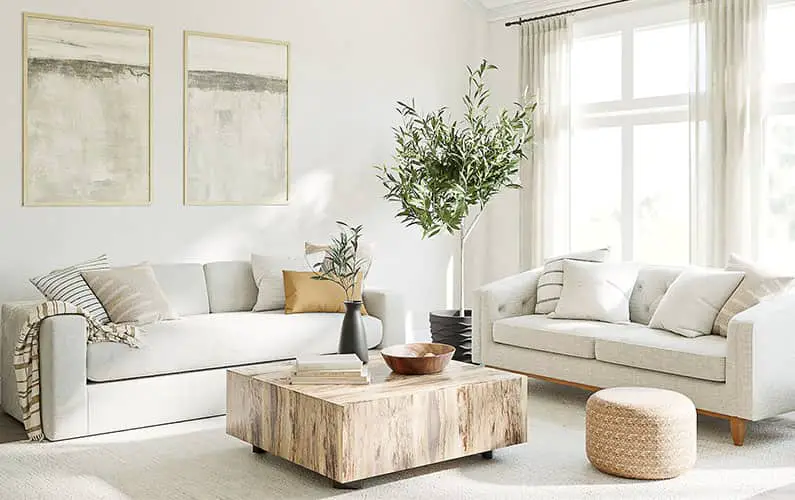


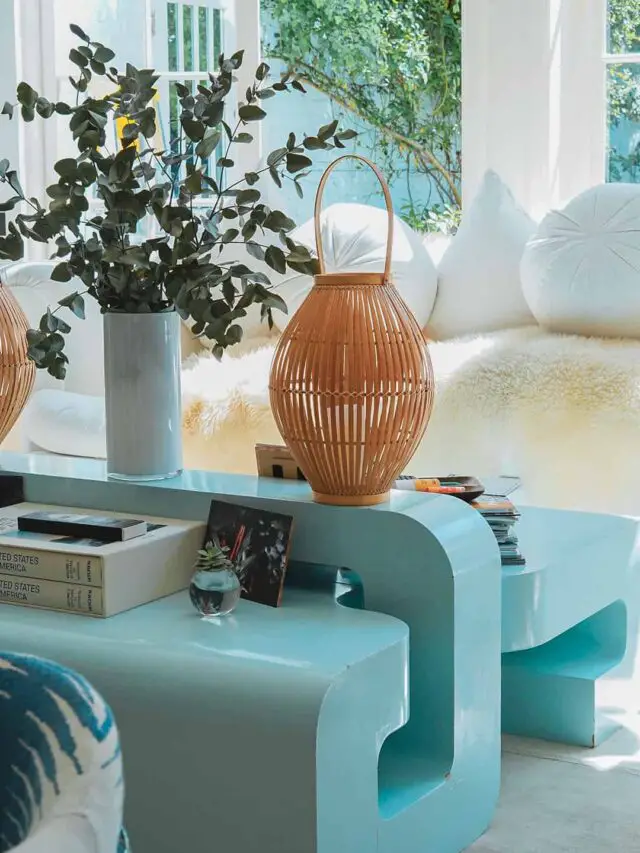
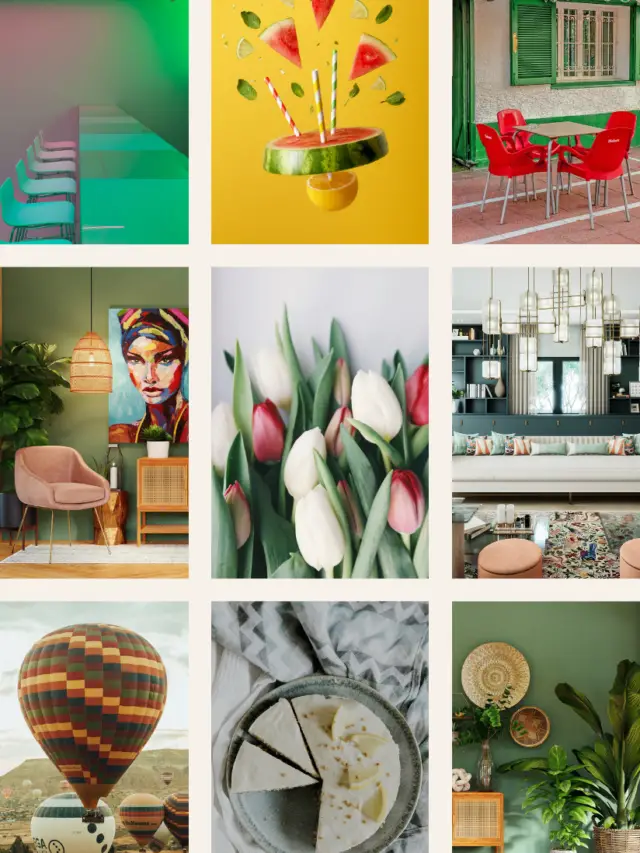
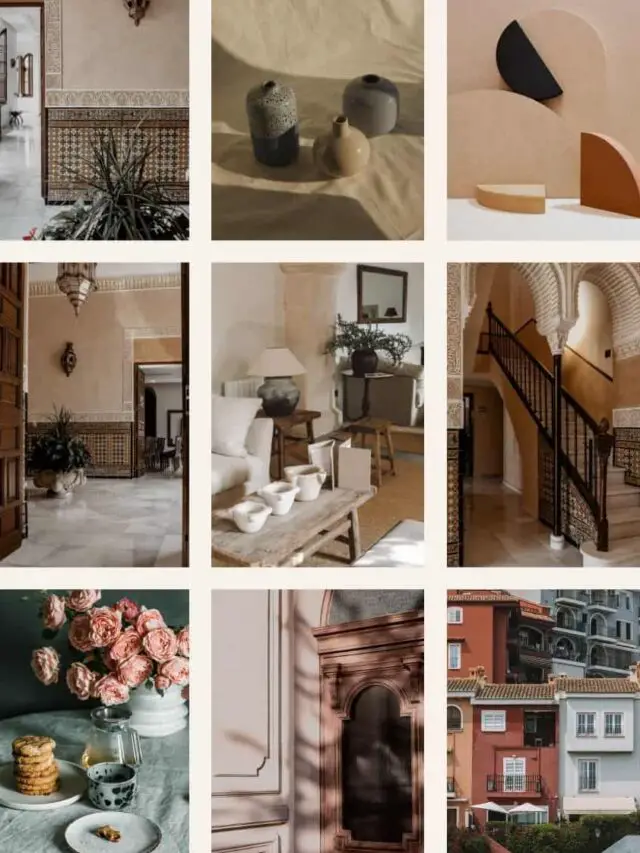
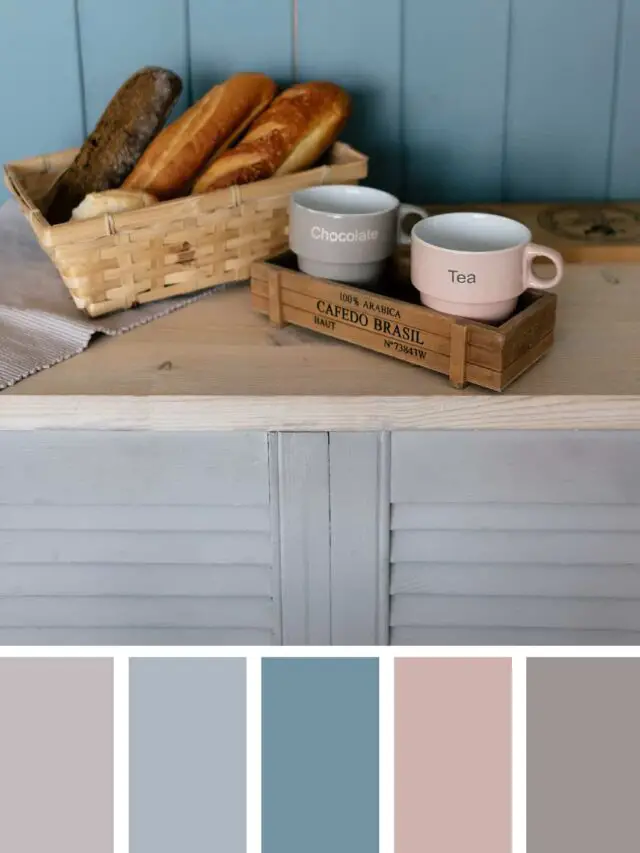

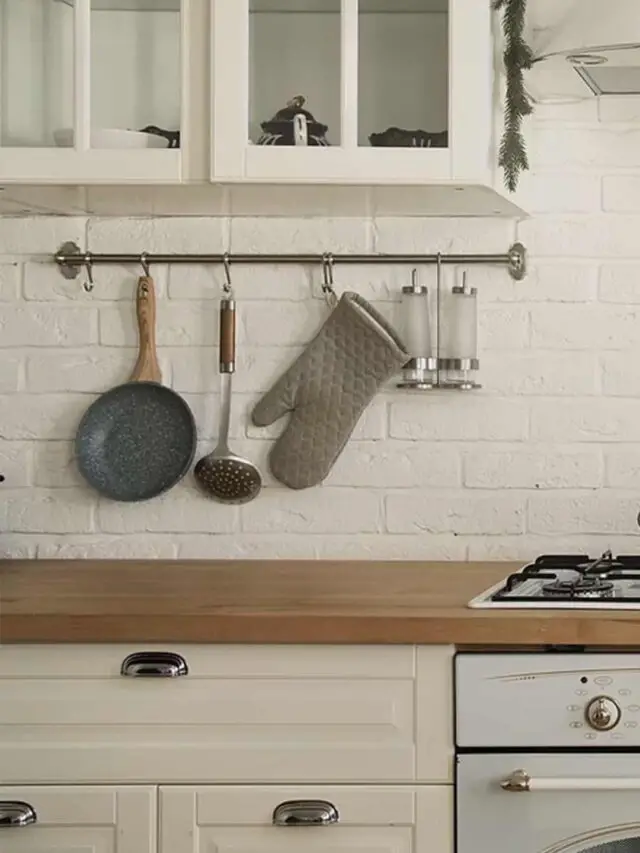
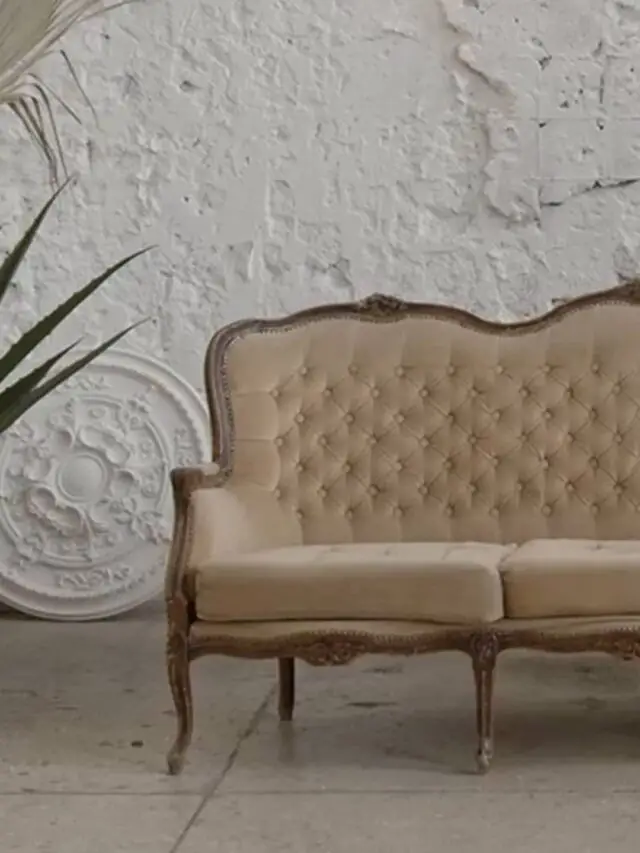

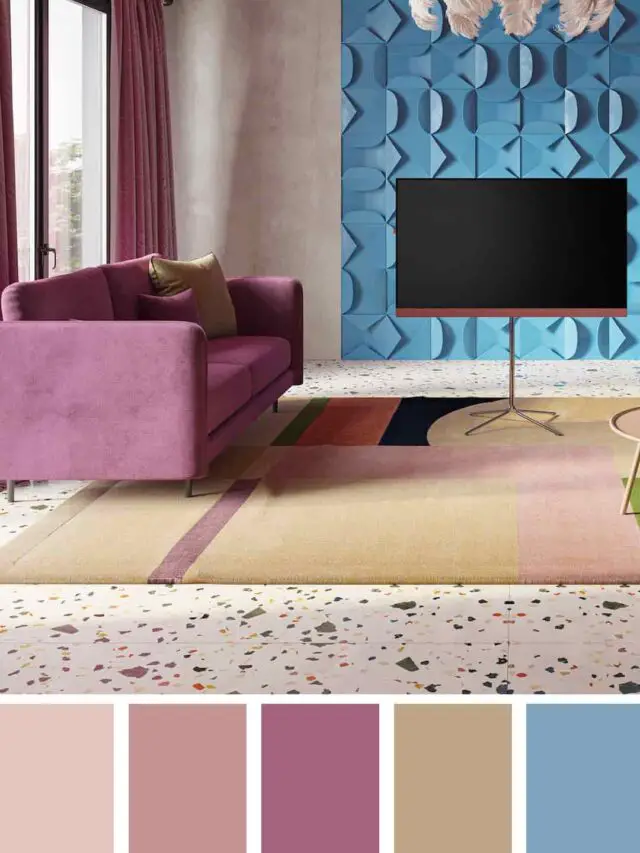
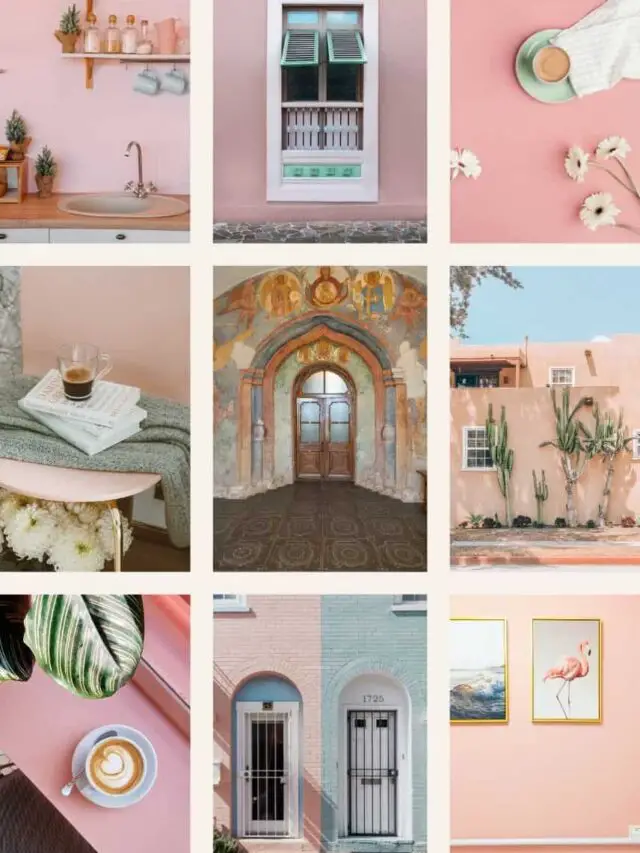
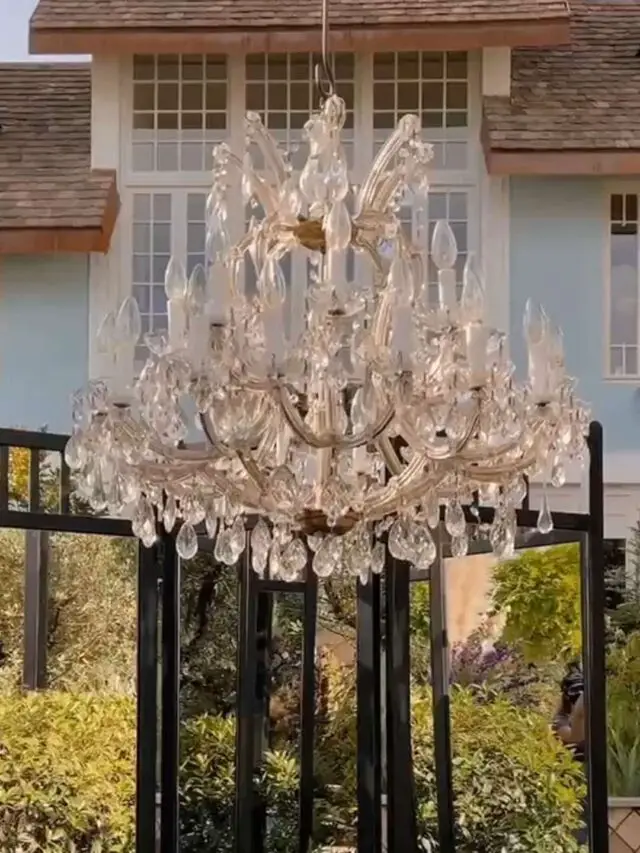
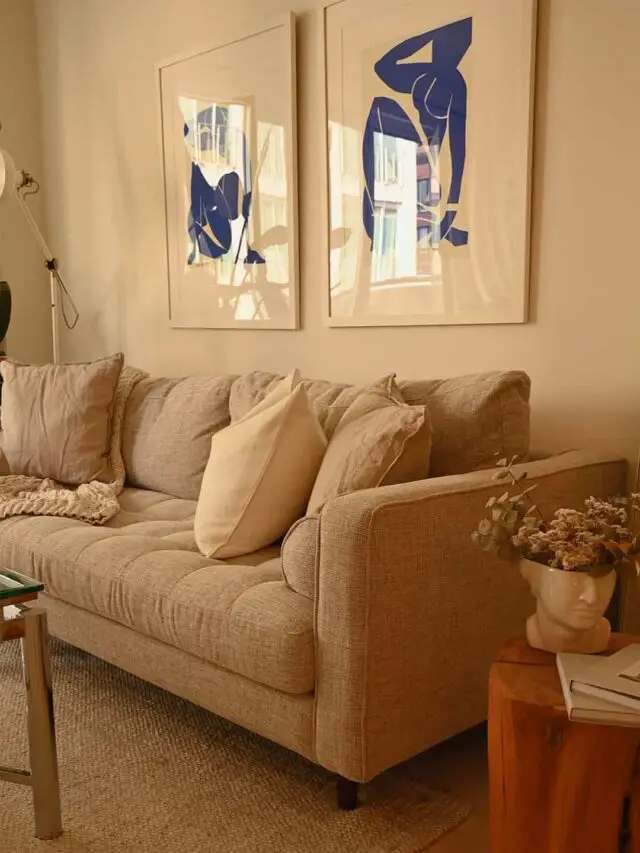
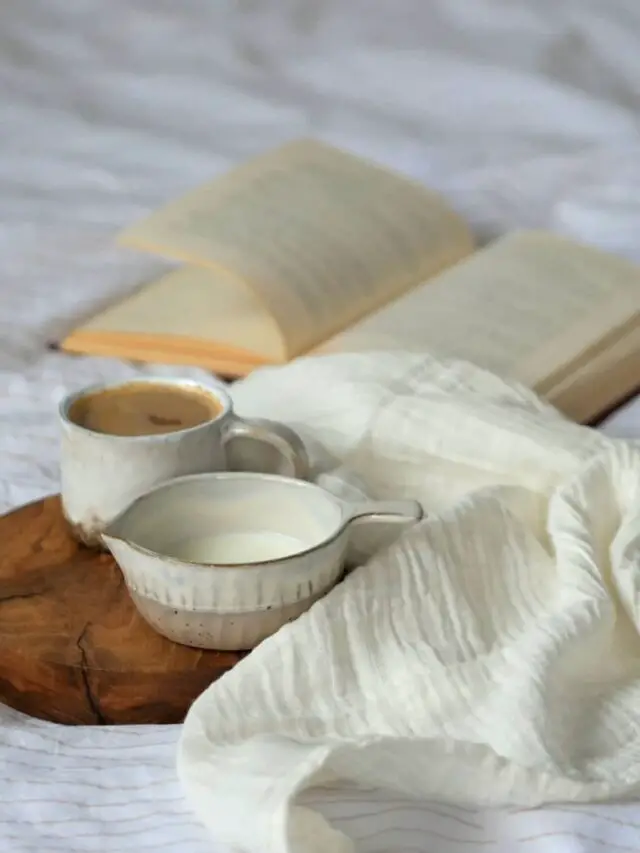
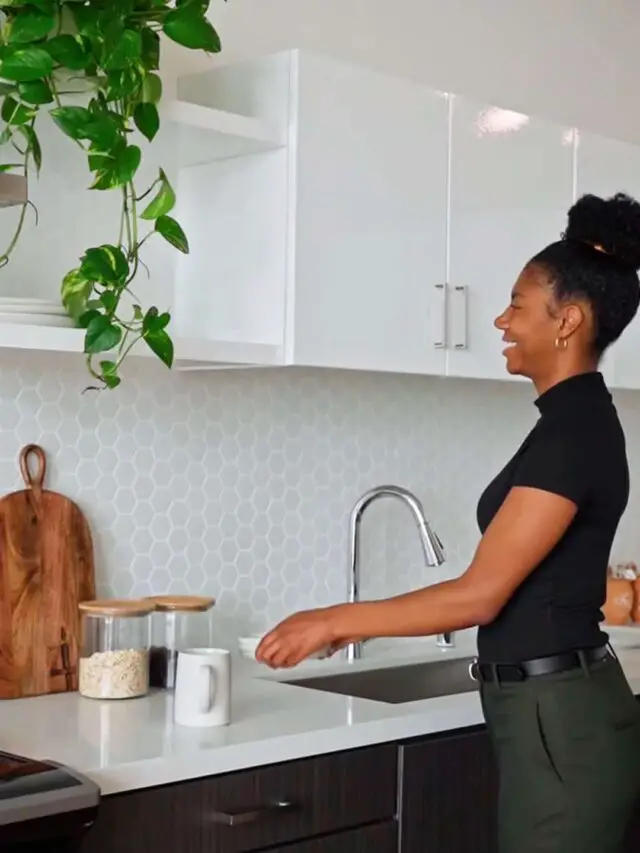
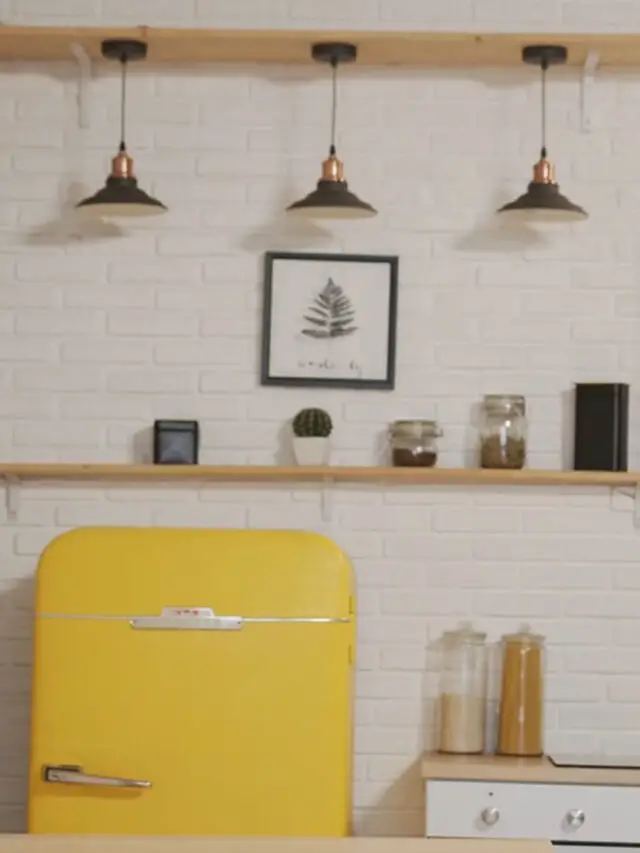
0 Comments